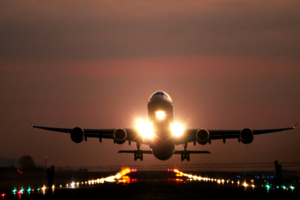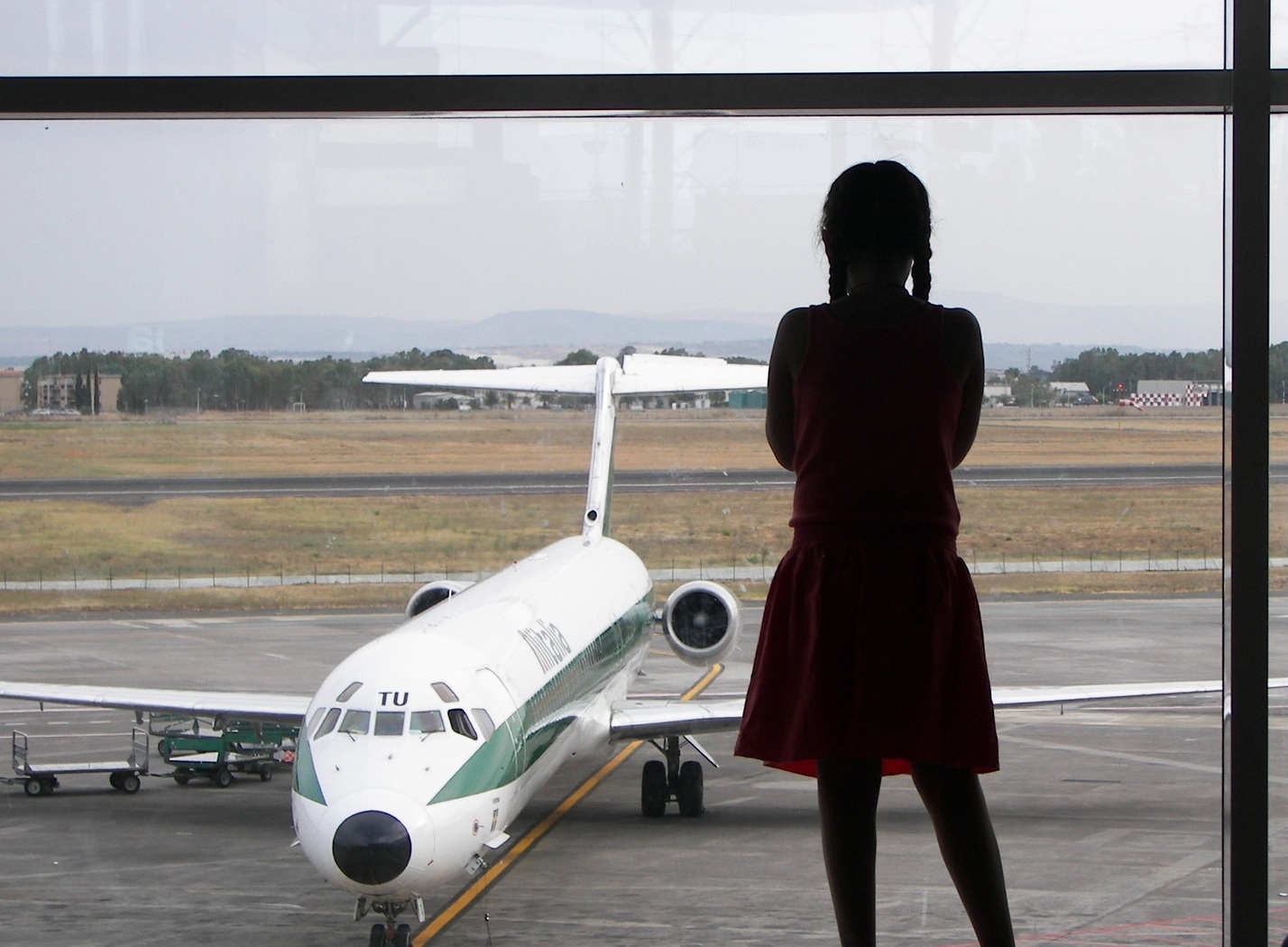Crewed Talk: How & Why It’s Important to Keep Perspective After the Germanwings Tragedy

If, like me, you’ve been watching cable news or keeping up on Twitter religiously since the devastating crash of Germanwings flight 9525, you’ve probably noticed the fever of opinions on how to foolproof cockpits.
There is one way in which the Germanwings crash is just like every other plane crash – it’s never one thing that goes wrong. These dreadful events are the result of the occasional, unfortunate alignment of multiple factors. That’s why it is very misguided to try to boil everything down to a simple solution. There isn’t one. Let’s not lose sight of how incredibly rare and unlikely something like this is. When we do, we rush to “solve” one problem, but open ourselves to 100 others.
It starts with articles like this: lumping the eight pilot-led crashes over 40 years into a single event category. But look closely. Several of these examples don’t involve commercial flights, only two even happened since the invent of the cockpit doors in question, and all but one single event saw the perpetrator alone in the cockpit.
Meanwhile, let’s look at the public conversation (much of it samples from @CNN’s generally frustrating #germanwingsQsdiscussion), with commentary trending towards things like:
#germanwingsQs I think the pilot should have a master key to override the locking mechanism of the door.
— RAYMOND MICHEL (@pssnlove) March 30, 2015
and…
Why didn't the German wings airplane have a modern door system with an override code to open the door from outside? #germanwingsQs
— The Cynic (@Ithecynic) March 29, 2015
…and especially comments like, “I’m starting to count the number of fatalities that can be attributed to the cockpit doors and whether its locks are saving lives,” from David Kaminski-Morrow, air transport editor of FlightGlobal, who I’d think would know better.
I get it, this whole thing is horrifying. But have people forgotten why we have impenetrable cockpit doors in the first place? Remember that the one day that inspired installation of these doors – which have been tested in-flight many times – killed about ten times more people than all the loosely related incidents over decades that the media could scrape together.
The other popular suggestion of paying more attention to pilots’ mental health is one I am in support of — with caveats. The stability of mental health is not a problem limited to pilots. In the airline industry, non-punitive reporting and investigations have been key to vastly improving flight safety over time. However, putting sensible changes in place will require a collective deep breath and some time for careful thought, not knee-jerk, invasive reactions. If the military hasn’t begun to get it right yet, I can’t imagine the airline industry will do so overnight either.
The two-(wo)man-at-all-times cockpit rule is all that was really sensible right away. It’s easy and common sense, and it eliminates the one major detail most of the compared incidents actually have in common. That’s enough for now.
Sure, technically a flight attendant could still be knocked-out before opening the door from the inside or whatever “what ifs” people want to propose, but a double-occupied cockpit gives immeasurably better odds than a cockpit that allows forced entry from the outside (or one controlled from the ground – yikes!)
Twitter and cable news have been full of many other ideas and concerns, but it comes down to this: you have to trust someone. As person who puts her life in the hands of pilots for a living, I still choose pilots, easily. I won’t let one individual make me forget who really deserves my confidence, and neither should you.
[Photo: iStock]
























